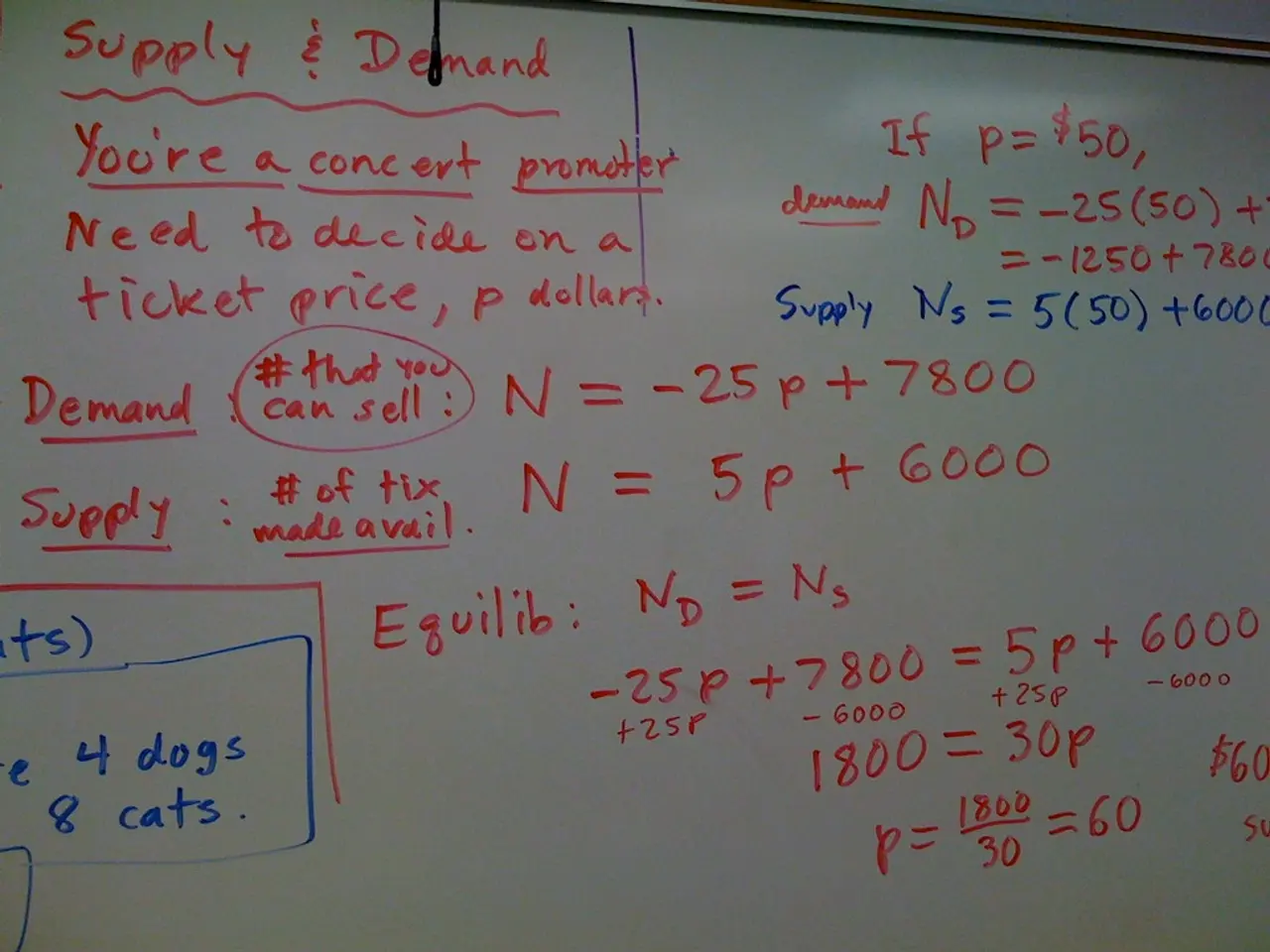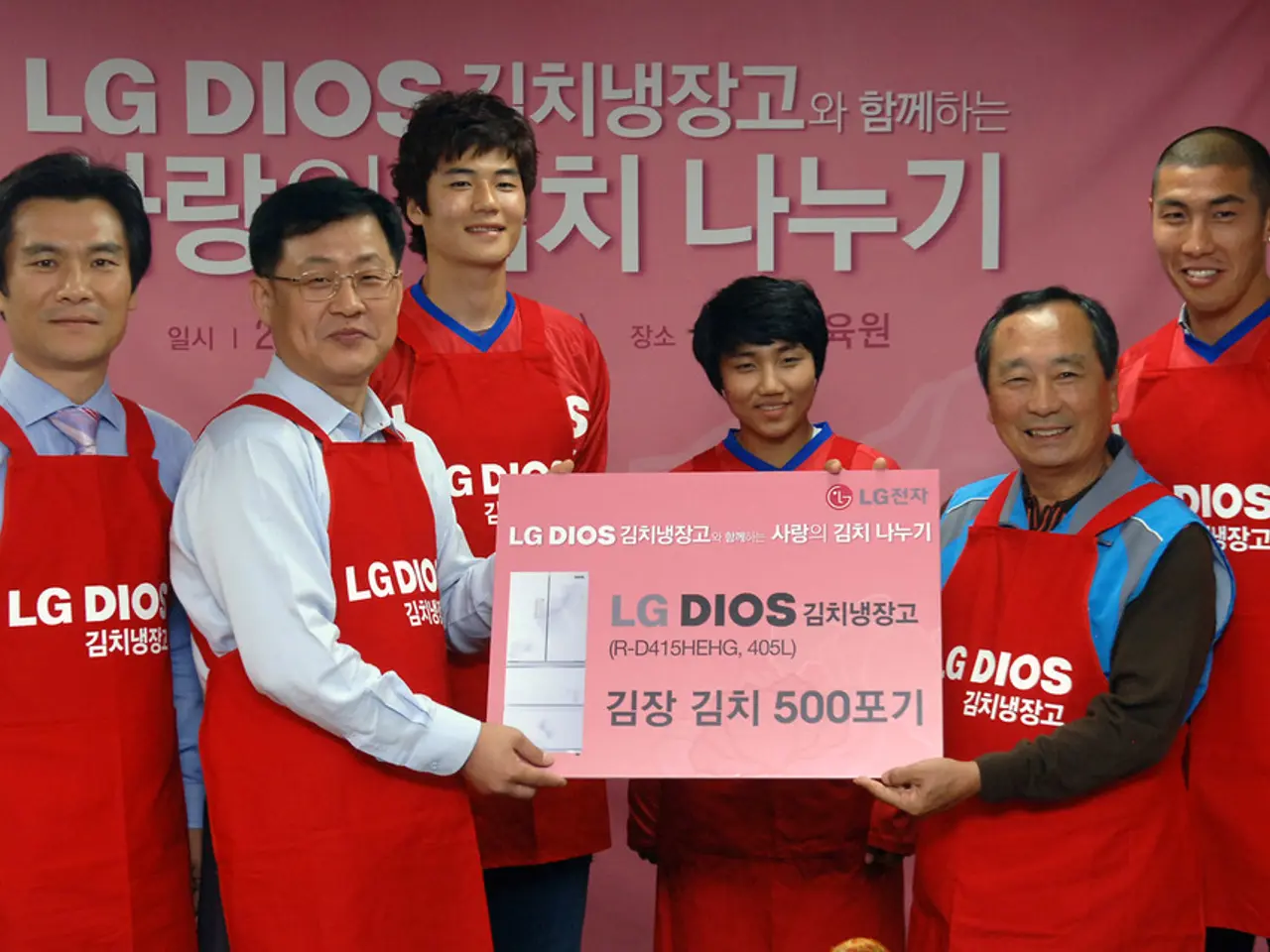Adidas faces potential financial blow of $230 million due to tariffs in the second half of the year
In the face of tariff increases in the U.S., Adidas has announced that it will not raise prices in other markets, according to CEO Bjørn Gulden. Instead, the sportswear giant is managing the impact primarily by increasing prices in the U.S. market to offset additional costs.
These tariff-related cost increases are expected to amount to around $231 million by 2025, primarily from goods imported mainly from Vietnam and Indonesia. Despite these pressures, Adidas reported solid sales increases in footwear and apparel, with currency-neutral growth in apparel at 17% in Q2, footwear up 9%, and accessories growing 7%.
The demand in the U.S. has not decreased yet, but the price increases have not been implemented either. Adidas is relaunching its popular Superstar shoe, with activations and collaborations, and plans to release new products at higher prices to offset tariff costs.
In comparison, Nike is also raising prices due to U.S. tariffs but has shown greater market resilience. Although both brands face similar tariff challenges, Nike's stronger market performance suggests more effective mitigation strategies or more robust consumer demand in the U.S.
Adidas' strategic approach emphasizes absorbing some impact but passing on costs partially via price hikes while continuing to target long-term revenue growth and operational profitability. The company maintains its full-year outlook for growth, but warns of increased volatility and risk due to Trump administration's policies.
Meanwhile, Adidas is making inroads in its local strategy, especially in the U.S., by signing American athletes and planning a more meaningful presence in college sports. The company is also investing more in marketing while rivals like Nike face sales declines.
Other retailers are reworking stores to suit shoppers by implementing complementary shop-in-shops, age-appropriate experiences, and integrated technology. Adidas plans to share the costs of tariffs with suppliers and retailers, with no cancellations of orders reported yet.
GlobalData apparel analyst Tom Ljubojevic notes Adidas' continuing strong consumer appetite, particularly in lifestyle footwear and low-profile trainers. Puma, on the other hand, has recently reported a sales drop and a guidance cut.
In conclusion, Adidas is responding to U.S. tariffs with a mix of price hikes and local strategy, while maintaining a growth-focused outlook. The company's strategic approach seems to be paying off, as it continues to report solid sales increases despite the challenges posed by tariffs.
- Despite the expected $231 million impact from tariffs on goods imported from Vietnam and Indonesia by 2025, Adidas has reported solid sales increases in footwear and apparel.
- The demand in the U.S. has not decreased yet, but Adidas is managing the tariff-related cost increases by raising prices only in the U.S. market.
- Adidas is planning to offset tariff costs by releasing new products at higher prices and through collaborations, such as the relaunch of its popular Superstar shoe.
- Nike, like Adidas, is also raising prices due to U.S. tariffs, but its stronger market performance suggests more effective mitigation strategies or more robust consumer demand in the U.S.
- Adidas is making inroads in its local strategy, especially in the U.S., by signing American athletes and planning a more meaningful presence in college sports.
- Other retailers are reworking stores to suit shoppers by implementing complementary shop-in-shops, age-appropriate experiences, and integrated technology.
- Adidas plans to share the costs of tariffs with suppliers and retailers, with no cancellations of orders reported yet.
- GlobalData apparel analyst Tom Ljubojevic notes Adidas' continuing strong consumer appetite, particularly in lifestyle footwear and low-profile trainers, amidst competitors like Puma reporting sales drops and guidance cuts.




